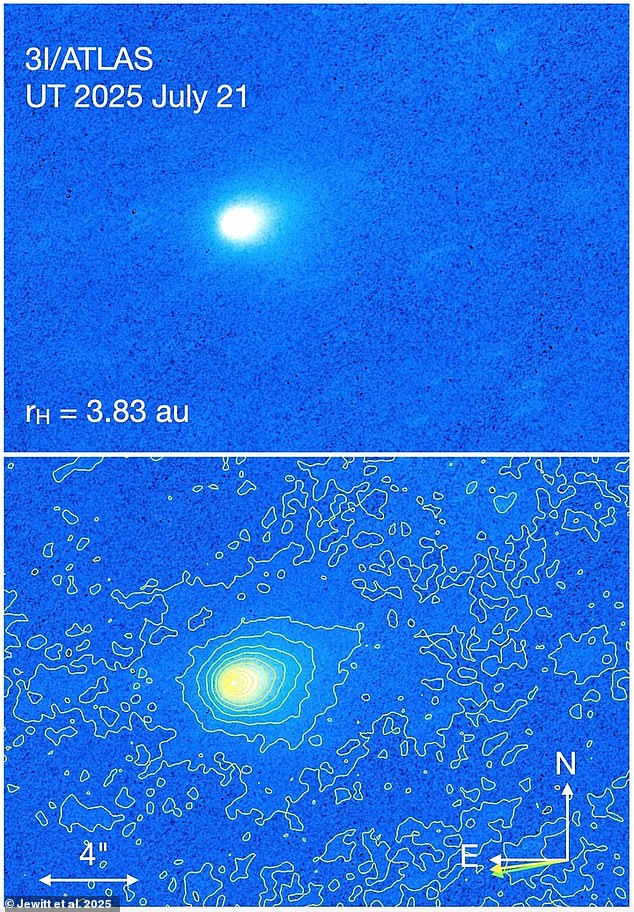New Clue Suggests Intelligent Design Behind Interstellar Object

The Mystery of the Interstellar Object
A recent discovery has sparked intense discussions within the scientific community regarding the origin of a mysterious interstellar object that recently entered our solar system. This object, initially identified as a comet and named 3I/ATLAS, has become the center of a heated debate among experts.
NASA first observed the object and noted what appeared to be a tail, leading them to classify it as a comet. However, Harvard astrophysicist Avi Loeb challenged this conclusion, suggesting that the object's unusual brightness indicates something different. According to Loeb, the object's brightness implies a diameter of 12 miles, which is significantly larger than typical comets. He pointed out that there isn't enough rocky material in interstellar space to account for such a large object arriving every decade.
NASA’s Hubble Space Telescope captured images of the object on July 21, revealing a glowing area at its front, an observation that is unprecedented for comets. Loeb explained that comets usually have a tail trailing behind them, but in this case, the glow is in front, which is a unique characteristic. This anomaly has led him to consider the possibility that the object might not be natural at all.
Loeb's theories have drawn both support and criticism from other scientists. Chris Lintott, an astronomer at the University of Oxford, dismissed Loeb's ideas as "nonsense on stilts," calling them an insult to the ongoing efforts to understand the object. Despite this, Loeb maintains that his analysis is based on observational data. He highlighted another clue: the object's trajectory, which lies in the plane of the orbits of the planets around the sun to within five degrees. The odds of such an alignment occurring by chance are one in 500, according to Loeb.
Furthermore, he pointed out how closely the object passes Jupiter, Mars, and Venus, with a pattern that has odds of 1 in 20,000 if the arrival time were randomized. Loeb suggested that the object will reach its closest point to the sun when Earth is on the opposite side, making it an ideal time for it to maneuver. By 'maneuver,' Loeb refers to the possibility that the object could be an alien probe using its solar flyby as a stealthy approach window.
Among his more provocative theories, Loeb proposed that 3I/ATLAS could be an alien mothership releasing small probes to intercept Earth. He wrote on his blog that the more likely scenario involves a mothership that releases mini-probes performing a reverse Oberth maneuver to slow down at perihelion and intercept Earth. This type of maneuver uses the sun's gravitational pull at the object's closest approach to adjust the trajectory efficiently, allowing it to reach Earth without large amounts of fuel.
Despite these theories, Loeb emphasized that he is not claiming the object is definitely an alien technology. Instead, he suggests that it doesn't look like a very common thing. He questions why we should assume we are the only ones in our cosmic neighborhood and encourages a thorough examination of the data.
While NASA reported observing a tail, Loeb and his team recently determined that no such thing exists. He explained that claims of a tail may be due to fictitious elongation of the image resulting from the object's motion. Additionally, he questioned the object's unusual lack of gas emissions and its precise, retrograde trajectory, which aligns suspiciously well with the inner solar system.
Loeb has developed what he calls the 'Loeb Scale,' a ranking system to evaluate the likelihood that an object is artificial, and gave 3I/ATLAS a six out of ten. This score suggests it is more likely than not to be engineered, although he acknowledges that this assessment may change as more data becomes available.

Comments
Post a Comment